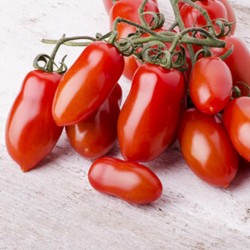Odmiany według kraju

Odmiana z Włoch
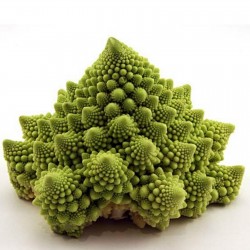
Romanesco Cauliflower Seeds
Cena podstawowa
2,15 €
-15%
Cena
1,83 €
(SKU: VE 13)
- -15%
- Nowy

Odmiana z Włoch
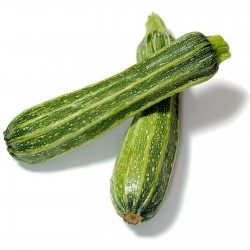
Nasiona cukinii Romanesco
Cena podstawowa
1,95 €
-15%
Cena
1,66 €
(SKU: VG 57)
- -15%
- Nowy

Odmiana z Włoch
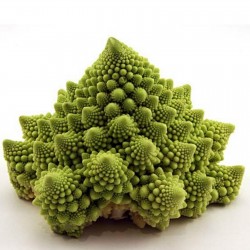
2000 Seeds Cauliflower...
Cena podstawowa
11,00 €
-15%
Cena
9,35 €
(SKU: P 58)
- -15%
- Nowy

Odmiana z Włoch
Beefsteak tomato seeds...
Cena podstawowa
1,95 €
-15%
Cena
1,66 €
(SKU: VT 68)
- -15%
- Nowy

Odmiana z Włoch
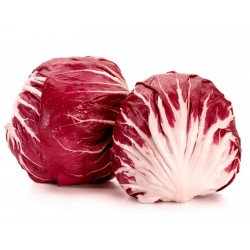
Radicchio - Chicory Seeds...
Cena podstawowa
1,65 €
-15%
Cena
1,40 €
(SKU: VE 34 (1g))
- -15%
- Nowy

Gigantyczna roślina (z gigantycznymi owocami)

Odmiana z Włoch
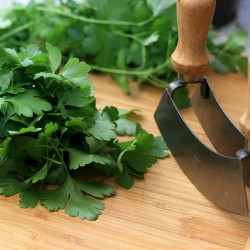
Parsley Seeds Italian Giant...
Cena podstawowa
1,35 €
-15%
Cena
1,15 €
(SKU: MHS 118)
- -15%
- Nowy

Odmiana z Włoch
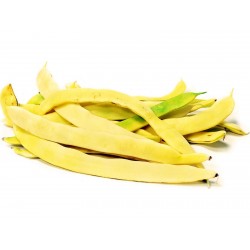
Bean Seeds 'Marvel of Venice'
Cena podstawowa
1,25 €
-15%
Cena
1,06 €
(SKU: VE 169 (3.5g))
- -15%
- Nowy

Odmiana z Włoch
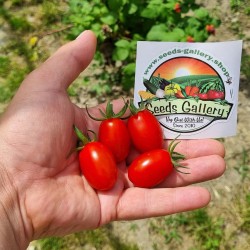
Nasiona Pomidora Datterino,...
Cena podstawowa
1,95 €
-15%
Cena
1,66 €
(SKU: VT 3)
- -15%
- Nowy

Odmiana z Włoch
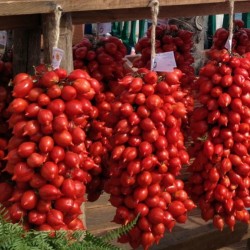
Principe Borghese Nasiona...
Cena podstawowa
1,65 €
-15%
Cena
1,40 €
(SKU: VT 69)
- -15%
- Nowy

Odmiana z Włoch
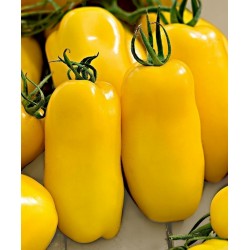
Tomato Seeds GOLDEN SAN...
Cena podstawowa
2,00 €
-15%
Cena
1,70 €
(SKU: VT 85)
- -15%
- Nowy

Odmiana z Włoch
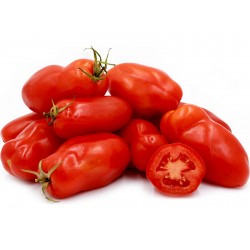
Tomato Seeds SAN MARZANO 2
Cena podstawowa
1,65 €
-15%
Cena
1,40 €
(SKU: VT 35)
- -15%
- Nowy

Odmiana z Włoch
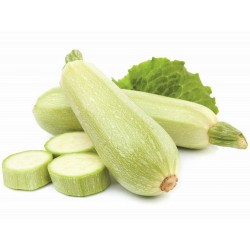
Nasiona cukinii - Lungo...
Cena podstawowa
1,85 €
-15%
Cena
1,57 €
(SKU: VE 234)
- -15%
- Nowy

Odmiana z Włoch
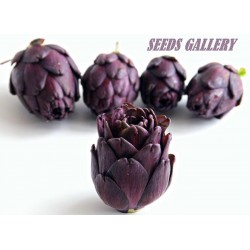
Nasiona Karczoch zwyczajny...
Cena podstawowa
1,95 €
-15%
Cena
1,66 €
(SKU: VE 218)
- -15%
- Nowy

Odmiana z Włoch
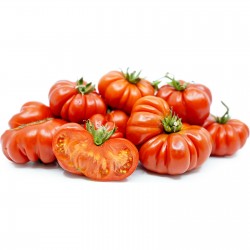
Costoluto Genovese Sic....
Cena podstawowa
1,65 €
-15%
Cena
1,40 €
(SKU: VT 39)
- -15%
- Nowy




